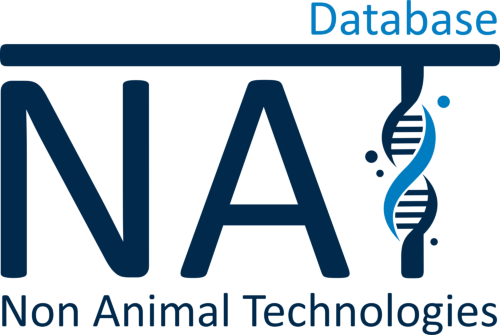Brain Chimeroids reveal individual susceptibility to neurotoxic triggers
2024
Harvard University, Cambridge, USA
Genetic variation among individuals influences disease susceptibility and progression. Studying human brain differences in normal and disease states is challenging due to a lack of accurate cellular models and scalable systems to represent multiple people. This study introduces human brain "Chimeroids," a reproducible, multidonor cortical organoid model created by co-developing cells from multiple donors within a single organoid. By reaggregating cells from individual donor organoids at the neural stem or progenitor cell stage, each donor's cells contribute fully to cerebral cortex lineages, even with differing growth biases. Chimeroids were used to study variability in response to neurotoxic agents like ethanol and valproic acid, revealing individual differences in cell type susceptibility and molecular effects. This model highlights genetic background as a factor in neurotoxin sensitivity and establishes Chimeroids as a scalable tool for studying brain development and disease across individuals.
Brain Chimeroids reveal individual susceptibility to neurotoxic triggers
Paola Arlotta
Added on: 11-07-2024
[1] https://www.nature.com/articles/s41586-024-07578-8





